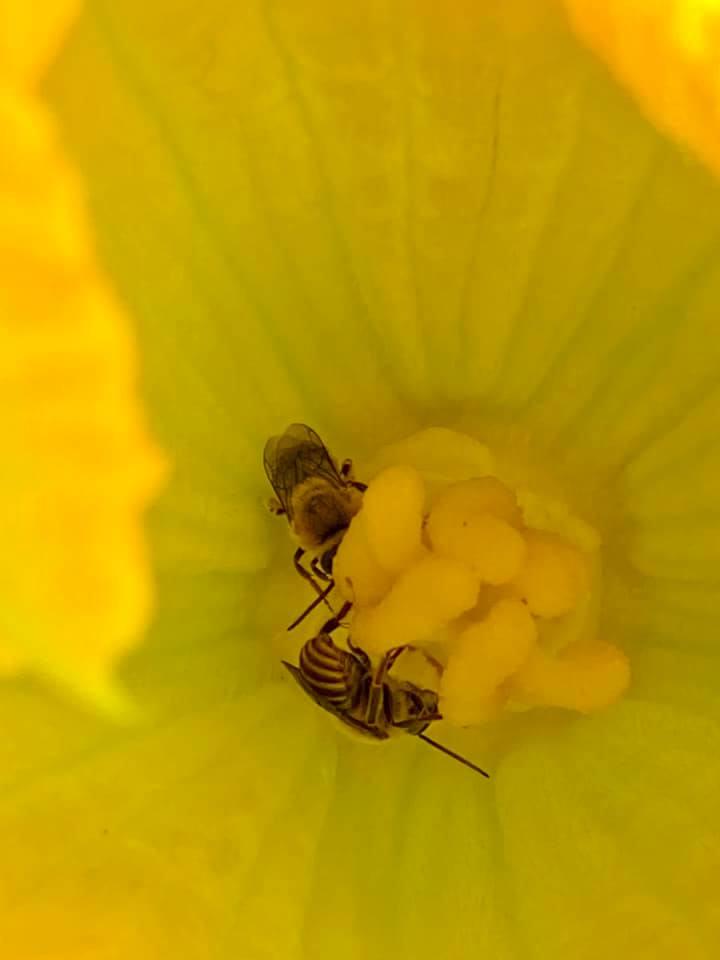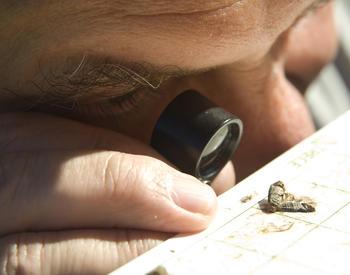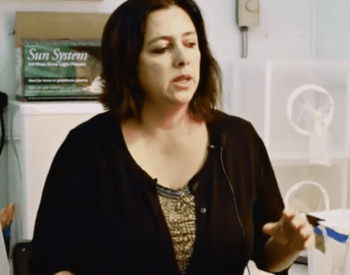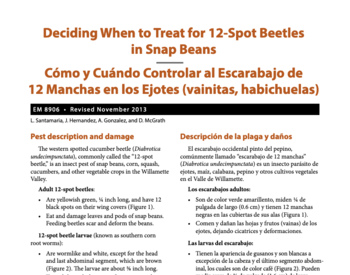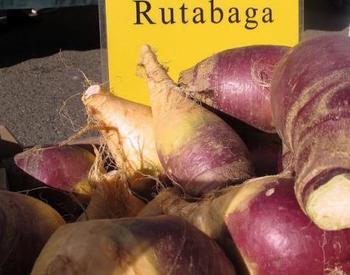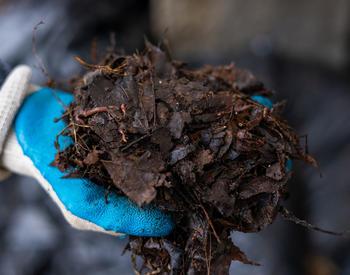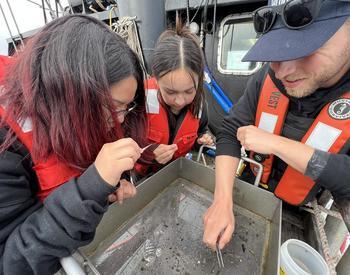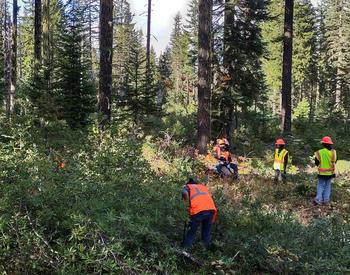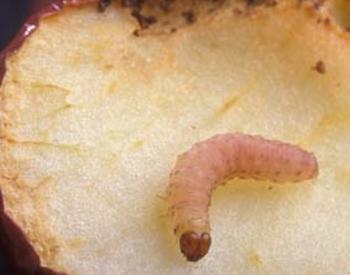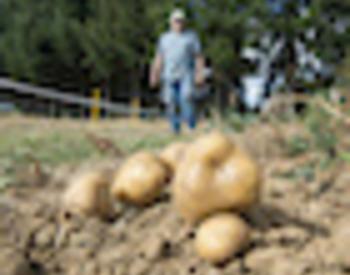Squash bee 101
1. The bee that loves squash
As pollinators go, squash bees are less well known than our friends, the honey bees. However, they are beautiful, useful, and have a rich natural history with the North American continent and its inhabitants.
Unlike honey bees, squash bees hone in on one type of plant. Maybe you guessed it? Squash plants! In fact, it’s relatively unusual for a bee (and we have around 630 species in Oregon) to be so specifically connected to such a narrow group of plants. Squash bees will only visit plants in the genus Cucurbita, which includes not only winter squash but zucchini and gourds.
If you wake up early enough in the morning, you’ll notice squash flowers start to open. Even before there is enough light to see them, these bees start darting from flower to flower; the females gathering pollen and the males in hot pursuit of mates (Hurd et al. 1971).
The flowers don’t last long and they rapidly wither and close as soon as the sun gets hot (typically by midmorning). Squash bees have adapted to this early morning flowering pattern. Although many bees visit squash and gourds to sip from the abundant pools of sweet nectar at the base of each flower, none show up as early as squash bees. Not only that, but squash bees appear to be one of the few bees that are able to digest squash pollen (Brochu et al. 2020), and the females load up on this pollen and bring it back to their underground nests.
Bees have to move pollen among different squash plants in order to get lots of well-shaped squash. That’s because squash plants only produce flowers with one of the two reproductive parts (male or female). Since squash pollen is heavy and sticky, it can’t move to another plant without a bee moving it.
While many other species of bees shuttle pollen between squash plants (Tepedino 1981), squash bees make it their top priority. So thank a bee the next time you carve a pumpkin and know, over the coming years, Oregon pumpkins are going to be increasingly pollinated by squash bees.
2. Got squash, will travel
Before squash was domesticated (over 10,000 years ago in south-central Mexico), squash bees were evolving alongside wild Cucurbita. Yes, squash was domesticated from wild native plants that can still be found growing throughout the U.S. and Mexico. The range of these wild plants included the central U.S., the Southwest and Florida, but, importantly, it did not extend into the Pacific Northwest (Khoury et al. 2020). About 5,000 years ago, Native Americans began cultivating squash in the Eastern U.S. and Midwest, farther north than the original native plants. And squash bees followed right alongside (López-Uribe et al., 2016).
But again, Oregon and the other Pacific Northwest states lay outside the range of cultivation. In fact, until 2016, no one had ever seen these bees in the state. But then the first known squash bee specimen was spotted by a participant in youth Bee Biology Camp in Ashland (Best et al 2019). The bees had finally arrived in Oregon!
3. The great Oregon squash bee hunt
Our new resident squash bee is Peponapis pruinosa, one of a dozen species of squash bees native to the U.S (all of which belong either to the genus Peponapis or Xenoglossa).
Since the discovery of squash bees in 2016 we haven’t been tracking P. pruinosa’s spread through Oregon, although there have been a number of specimens collected and documented by members of the Oregon Bee Atlas. The recent arrival of this bee provides an unprecedented opportunity to learn how a native bee expands its range over time; very few studies have ever done this.
With your help, it can become the jumping-off point for research to understand basic questions about how bees disperse in landscapes and how we might expect bees to expand their ranges in response to factors such as climate change.
Squash bees are fascinating to watch and one of many native bees that visit your garden. Help us track this bee’s movement through the state and learn more about its fascinating natural history. Make sure to fill out the survey and join us (and P. pruinosa) on this voyage of discovery (you will also get timely updates about how to encourage other native bees to your garden or small farm)!
Learn more
Squash bees
- Cane, J. Squash bees. US Forest Service
- Frank, S. and Youngsteadt, E., 2015. Squash Bees. NC State Extension Publications.
- Garvey, K.K., 2020. Got Squash? Got Squash Bees? University of California Agricultural and Natural Resources.
- Lane, D., 2016. The Rise and Fall of Squash Bees. UNC-TV Science.
- Records of P. pruinosa on the Global Information Biodiversity Facility from Mexico, the US and Canada
Growing squash
- Stone, A. 2010. Squash, Pumpkin and Winter. OSU Extension
- Mansour, B. 2012. Squash, Zucchini and Summer. OSU Extension
Media
- Video: Squash bee natural history (2013, 4min)
- Video: OSU Horticulture Seminar (2020) Squash Bees: Origin, diversification, and ecological interactions with Margarita Lopez-Uribe, Penn State
- PolliNation Podcast with Jim Cane (2019, 32 min) squash and sunflower bees (Episode 106)
References:
- Best, L.R., Marshall, C.J., Red-Laird, S., 2019. Confirmed presence of the squash bee, Peponapis pruinosa (Say, 1837) in the state of Oregon and specimen-based observational records of Peponapis (Say, 1837) (Hymenoptera: Anthophila) in the Oregon State Arthropod Collection. Catalog: Oregon State Arthropod Collection. 3(3): 2-6.
- Brochu, K.K., van Dyke, M.T., Milano, N.J., Petersen, J.D., McArt, S.H., Nault, B.A., Kessler, A. and Danforth, B.N., 2020. Pollen defenses negatively impact foraging and fitness in a generalist bee (Bombus impatiens: Apidae). Scientific Reports, 10: 1-12.
- Hurd, P.D., Linsley, E.G. and Whitaker, T.W., 1971. Squash and gourd bees (Peponapis, Xenoglossa) and the origin of the cultivated Cucurbita. Evolution, 25: 218-234.
- Khoury, C.K., Carver, D., Kates, H.R., Achicanoy, H.A., van Zonneveld, M., Thomas, E., Heinitz, C., Jarret, R., Labate, J.A., Reitsma, K. and Nabhan, G.P., 2020. Distributions, conservation status, and abiotic stress tolerance potential of wild cucurbits (Cucurbita L.). Plants, People, Planet, 2: 269-283.
- López-Uribe, M.M., Cane, J.H., Minckley, R.L. and Danforth, B.N., 2016. Crop domestication facilitated rapid geographical expansion of a specialist pollinator, the squash bee Peponapis pruinosa. Proceedings of the Royal Society B: Biological Sciences, 283(1833), p.20160443
- Tepedino, V.J., 1981. The pollination efficiency of the squash bee (Peponapis pruinosa) and the honey bee (Apis mellifera) on summer squash (Cucurbita pepo). Journal of the Kansas Entomological Society. 359-377.
